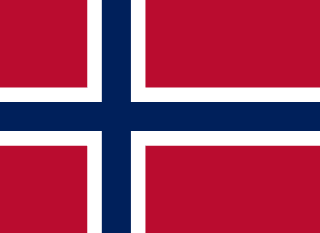Longyearbyen - Introduction

About Longyearbyen
Longyearbyen (Urban East Norwegian: [ˈlɔ̀ŋjɛrˌbyːən], locally [ˈlɔ̀ŋjɑrˌbyːən], "Longyear Town") is the world's northernmost settlement with a population greater than 1,000, and the capital and the largest inhabited area of Svalbard. It stretches along the foot of the left bank of the Longyear Valley and on the shore of Adventfjorden, the short estuary leading into Isfjorden on the west coast of Spitsbergen, the island's broadest inlet. As of 2002, Longyearbyen Community Council became an official Norwegian municipality. It is the seat of the Governor of Svalbard. As of 2024, the town's mayor is Leif Terje Aunevik.
Known as Longyear City until 1926, the town was established by and named after American John Munro Longyear, whose Arctic Coal Company started coal-mining there in 1906. Store Norske Spitsbergen Kulkompani (SNSK) took over the mining operations in 1916, and still conducts mining. The German Kriegsmarine almost completely destroyed the town on 8 September 1943, but rebuilding took place after the Second World War. Historically, Longyearbyen was a company town, but most mining operations moved to Sveagruva during the 1990s, and production ceased in 2017 due to immense financial losses suffered by SNSK since 2014 due to market conditions. Meanwhile, the town has seen a large increase in tourism and research. This includes the arrival of institutions such as the University Centre in Svalbard, the Svalbard Global Seed Vault and Svalbard Satellite Station. Svalbard Airport, Svalbard Church and the Svalbardbutikken department store serve the community.
Longyearbyen Current Weather
Longyearbyen (Svalbard), Norway
2025-04-20 05:29
Light snow
-11.7°C
| Parameter | Value |
|---|---|
Wind 
|
3.6 km/h |
Pressure 
|
1014 mb |
Humidity 
|
66% |
Visibility 
|
10 km |
UV Index 
|
0.1 |
Precip 
|
0.01 |